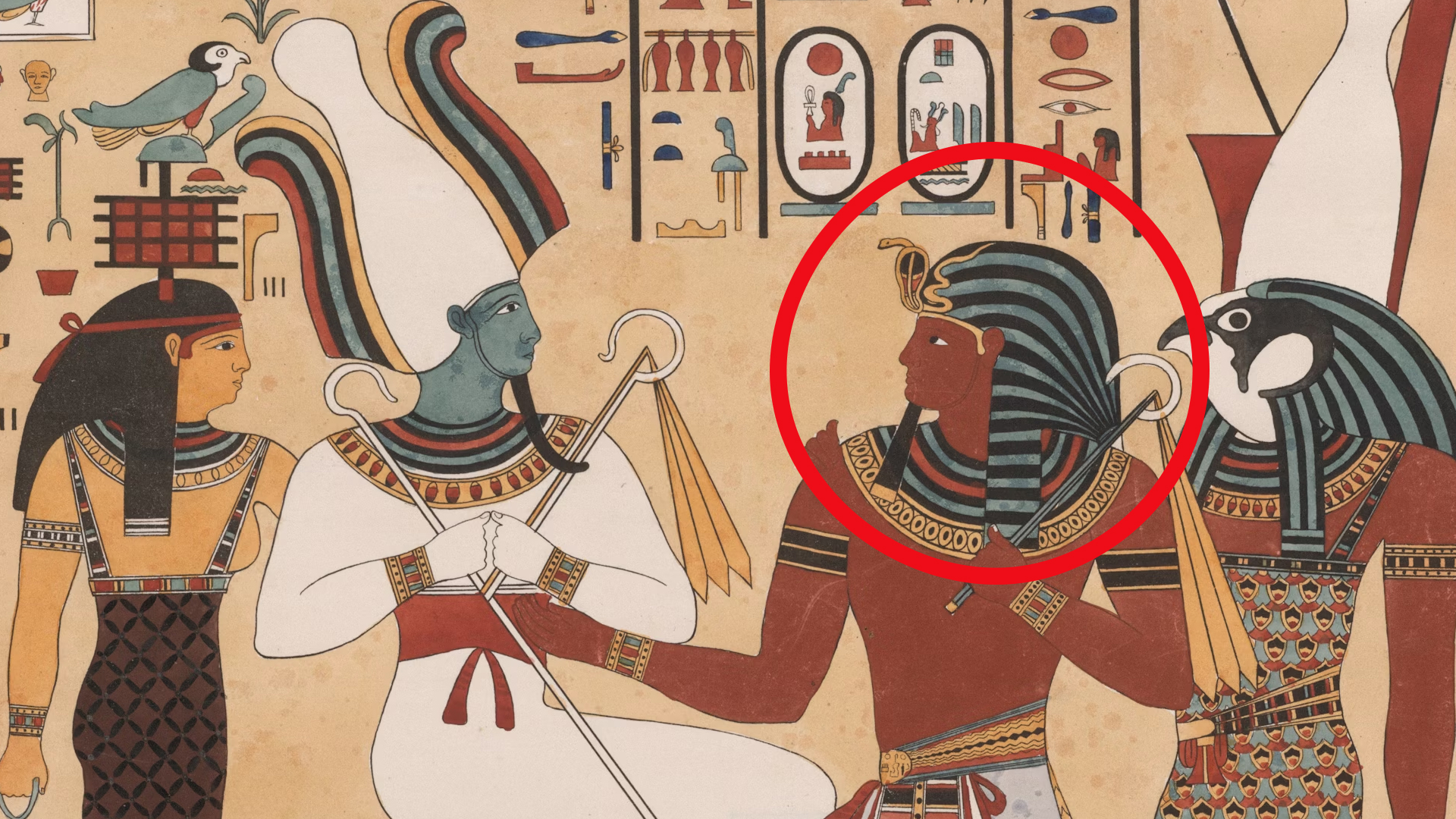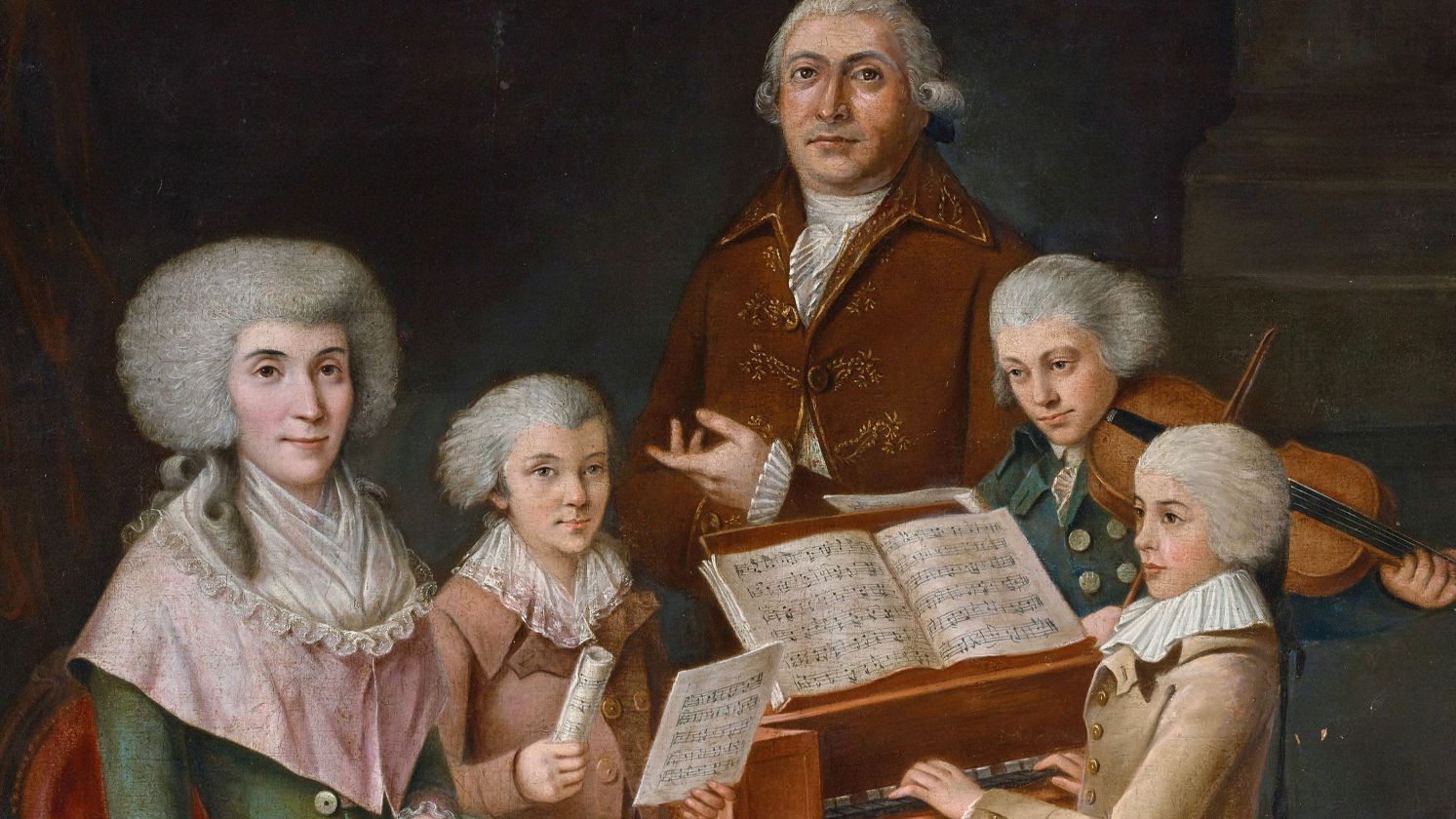Frozen In Time
Witnessing the sights at the incredibly preserved lost city of Pompeii is like traveling back in time. From perfectly frozen people to memories of past structures, here are 20 amazing insights we've gained from the site.
1. The Villa of the Mysteries
The Villa of the Mysteries is incredibly well preserved. It was likely the home of a powerful old Roman family. Despite being entirely covered with ash during the Vesuvius eruption, the majority of the walls and ceilings survived with minimal to no damage, almost completely preserving the stunning Roman frescoes to this day.
 User:MatthiasKabel on Wikimedia
User:MatthiasKabel on Wikimedia
2. A Horse Wearing a Harness
When an excavation took place in 2018 just outside of the Villa of the Mysteries, there was a stunning discovery. At least three horses were found buried by ash from the eruption. While this was a tragic occurrence, it was an incredibly useful detail for historians, as two of the horses were wearing harnesses and one wore a saddle.
3. Lupanare
The Lupanare, also known as “Wolf’s Den,” was an ancient Roman building for adult entertainment. These kinds of establishments were very much legal and even endorsed by the ancient Romans. During the excavations, archaeologists found a number of paintings with symbols and images, both religious and everyday, containing intimate parts of both male and female bodies.
4. Ancient Graffiti
While most of the old Roman text has been lost today, there are still a few that have been preserved. One of these examples has been found in Pompeii, perfectly preserved and historically incredibly significant. These graffiti were painted onto walls, as opposed to being scratched in with a rock or a sharp object, making them one of the rarest writings ever found in relation to ancient Rome.
5. A Roman Launderette
Many of the more poor Romans used to live in multistory apartments that vaguely resemble buildings in cities we have today. Among other things, they needed a place to wash their clothes. Archaeologists have been able to restore and open an old Roman building which is believed to have been a place they would bring their clothes to be washed and air-dried.
6. The Secret Museum
It is no secret that ancient Romans were much more open when it comes to their bodies than modern society. Another interesting thing that was found during the excavation of Pompeii was numerous artworks that were considered to be indecent and explicit. These paintings and statues are considered to be disturbing by many even today, which is why the site was not open to the public permanently until the year 2000.
7. Perfectly Preserved Shrine
Another incredibly intriguing find was a shrine that had been perfectly preserved due to the ash completely covering and protecting it from the elements. This allowed the paintings to stay fresh and vibrant to this day. The shrine contained several paintings, as well as a pool, which led archaeologists to believe that this was one of the more luxurious and expensive properties of Pompeii.
8. The Stabian Baths
The Stabian Baths are the oldest baths in Pompeii, being built all the way back in 120 BC. It was divided into sections for men and women, containing several rooms with hot, warm, and cold bathing rooms. The women’s section had another special room that was full of bronze baths for individual bathing, in case someone was not comfortable sharing the bath with others.
9. Varied Foods
The ancient Roman elite was fond of different kinds of exotic foods and delicacies, while the lower class usually ate bread or grains almost exclusively. Some of the remains of foods that were found include shellfish, giraffe bones, sea urchin, and some spices from places as far as Indonesia. This showed that the wealthier Romans were able to afford almost anything they desired.
 Gary Todd from Xinzheng, China on Wikimedia
Gary Todd from Xinzheng, China on Wikimedia
10. The Bread Fresco
Many frescoes found in Pompeii usually show religious things or historic battles, but one that was found is not related to either of those topics. The Bread Fresco, known as “The Sale Of Bread,” is considered to be one of the greatest “everyday” frescoes ever discovered. It shows how political campaigning worked in the ancient Roman world, much like how it does today.
11. The Street of Tombs
At the entrance of the city of Pompeii are tombs set in a row along the road. This cemetery street stretches from Pompeii all the way to Herculaneum, which was also destroyed by the same eruption that took Pompeii down. These graves were placed outside of the walls of Pompeii, as it was forbidden to bury bodies inside the city.
 Isaac Harjo of Prowalk Tours on Wikimedia
Isaac Harjo of Prowalk Tours on Wikimedia
12. The Thermopolium of Asellina
Thermopolium was a place that the ancient Romans used to visit to purchase ready-to-eat hot meals. The Thermopolium of Asellina is one of the most complete and well-preserved thermopolia in Pompeii. People would come here to eat and drink when they did not have time to cook for themselves after a long workday.
13. The Gladiator’s Barracks
Among many things uncovered during the excavation of Pompeii were the Gladiator’s Barracks. This is believed to have been the training venue for gladiators, consisting of a kitchen, stables, armory, and a mess hall. This discovery gives historians a better understanding of the daily lives of those who fought for sport and entertainment.
14. Bank Account Records
One of the more intriguing and historically remarkable discoveries were records of bank accounts and loans found in one of the houses of Pompeii. This house belonged to Lucius Caecilius Iucundus, a banker whose house still stands today and contains artworks and wax tablets that allowed historians to piece together the bigger picture. One of the most significant discoveries was documents that show the bureaucratic side of the Roman Empire.
15. A Fully Stocked Kitchen
Another quite interesting find was a small kitchen that has essentially been frozen in time by the eruption ash. This kitchen has stoves and pots, as well as utensils and traces of food. It gives a much clearer picture and idea of what everyday people used for cooking and food preparation in ancient Rome.
 Gary Todd from Xinzheng, China on Wikimedia
Gary Todd from Xinzheng, China on Wikimedia
16. House of the Faun
One of the most famous discoveries when it comes to buildings of Pompeii is the House of the Faun. This house takes up an entire city block with its intricate mosaic floor decoration and the famous bronze statue of a dancing satyr. One of the most intriguing pieces of art can be found in this house, depicting the Battle of Issus between Alexander the Great and the Persian King Darius.
17. Medical Tools
Among many advancements in architecture and art, Pompeii hid surprisingly sophisticated surgical instruments under the ash. One of the houses that was found during the excavation in 2018 was found to contain scalpels and tweezers along with bone levers. This discovery gives a good idea of the level of medical advancement and care that the ancient Roman Empire had.
 Hush Naidoo Jade Photography on Unsplash
Hush Naidoo Jade Photography on Unsplash
18. Preserved Dog Cast
Among some of the most famous casts made during the excavation of Pompeii is a cast in the shape of a dog. The cast is so detailed that it shows a collar and even folds of the skin, but unfortunately that is not enough to identify the breed further than a hunting dog. While unfortunate, it does show the significance of dogs in ancient Rome as more than just companions, but as hunters as well.
19. The Blue Shrine Room
With new things being discovered surrounding Pompeii, one of the more interesting and most recent ones is the shrine with rare blue paint on the walls. This room is thought to be an ancient Roman shrine where rituals took place. The reason why this discovery is as significant as it is lies in the blue color, as blue rarely occurs in Pompeian art.
20. Lavish Bathhouse
One of the most recent discoveries is the private bathhouse decorated with beautiful mosaics. The reason for its significance lies in the fact that this was not a public thermal complex, but a private one. Most likely this belonged to a member of the ruling class of Pompeii, serving as a token of their wealth during banquets, elections, or deal signings.
KEEP ON READING

The Mysterious "Sea People" Who Collapsed Civilization
3,200 years ago, Bronze Age civilization in the Mediterranean suddenly…
By Robbie Woods Mar 18, 2025
The Turning Point: 20 Facts About The Battle of Normandy
Normandy Changed The Game. The Battle of Normandy marked a…
By Chase Wexler Jun 4, 2025
20 Important Names From World War II You Should Know
Key Players From World War II (For Good or Bad).…
By Cathy Liu Nov 7, 2024
The Musical Prodigy: 10 Fascinating Facts About Mozart & 10…
Secrets Behind the Symphony. Wolfgang Amadeus Mozart remains one of…
By Chase Wexler May 5, 2025
20 Ancient Architectural Wonders That Will Boggle Your Mind
Ancient Marvels That Have Withstood the Test of Time. From…
By Christy Chan Feb 12, 2025
Everything You Need To Know About The Korean War
It Shaped More Than Just A Country. The Korean War…
By Emilie Richardson-Dupuis Nov 8, 2024
















